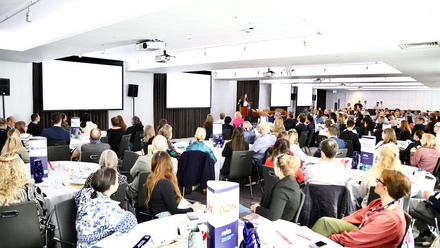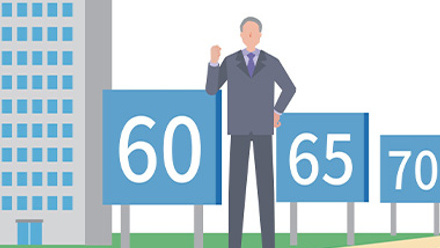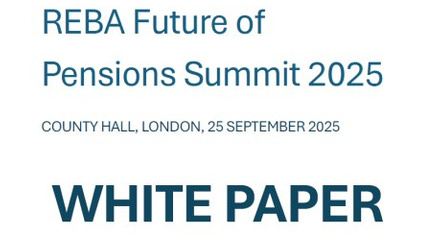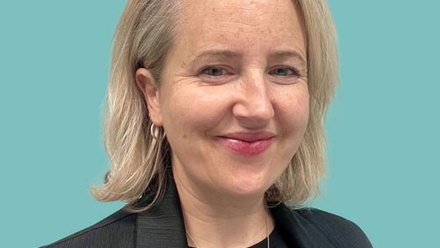Compliance: How to comply with the changing regulations on auto-enrolment and Annual Allowances
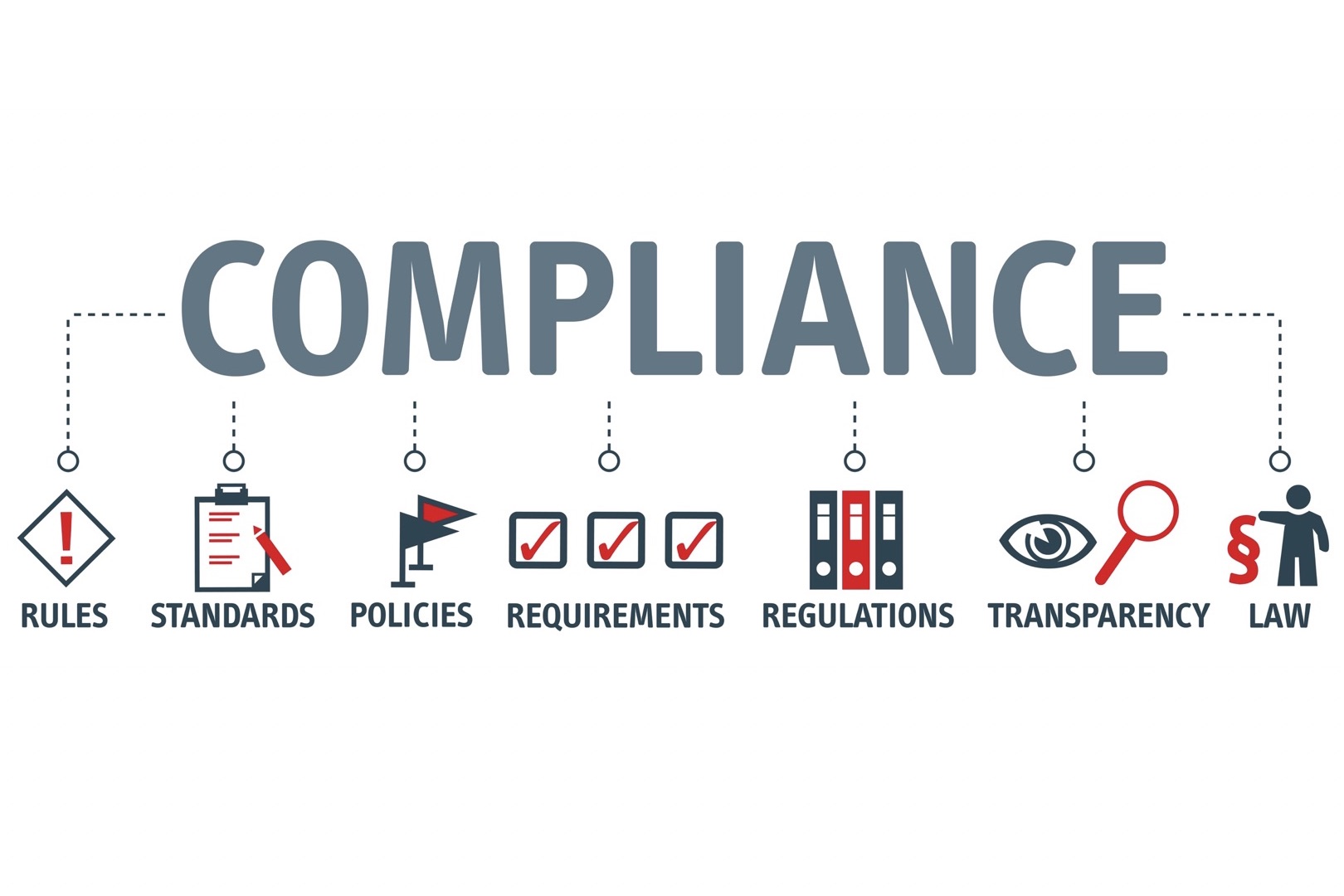 But there is still work to do for schemes to remain compliant with auto-enrolment requirements. Contribution rates are changing, and that could have an impact on employees as well as employers.
But there is still work to do for schemes to remain compliant with auto-enrolment requirements. Contribution rates are changing, and that could have an impact on employees as well as employers.
Background
April 2018 saw the first increase in minimum pension contributions since auto enrolment started. This will be followed by a further increase in April 2019. This process is known as phasing.
The table below sets out how the increases take effect. These are applied to the qualifying band of earnings (£6,032 - £46,350 for 2018/19) used to calculate contributions.
|
Phasing period |
Employer minimum contribution |
Total minimum contribution |
|
Before 5 April 2018 |
1% |
2% |
|
6 April 2018 to 5 April 2019 |
2% |
5% |
|
6 April 2019 onwards |
3% |
8% |
Note: The actual percentage increase which will apply to a particular scheme will be dictated by the elements of income which are pensionable in that scheme.
Handling the April 2019 increase
Employers will need to decide how they will approach these increases in contributions. There are several factors to consider that will affect all employers and staff:
- The legislation stipulates minimum employer contributions (see above), but it does not make clear how the minimum overall contributions should be met. Therefore, employers can either absorb the extra cost, by increasing their own pension contributions (for example, by paying all 5% for employees, or 4% and asking employees to pay 1%), or require employees to pay more. Unsurprisingly, the latter is more common.
- Employers may need to consult with affected members prior to an increase (or introduction) of employee contributions.
- If employees’ contributions will be increasing, they should also be informed of this in good time so that they can prepare for what could be a significant change in their take-home pay.
- If new joiners’ contractual terms specify pension contributions, HR managers must ensure any necessary revisions are made in time for the change coming into force.
High earners
There are also some specific considerations that might affect high earners. Tax relief on individuals’ pension contributions is partly determined by the Annual Allowance (AA). This is the maximum amount of pension savings an individual can make each year into registered pension schemes that will benefit from tax relief.
Since April 2006, this relief has been restricted for individuals with ‘adjusted income’ – taxable earnings including pension savings but excluding charitable contributions – above £150,000. Over this level, individuals have a ‘tapered AA’, which means that for every £2 of adjusted income above £150,000 that an individual earns, the individual’s AA will be reduced by £1. This is subject to a maximum reduction of £30,000.
So, anyone with adjusted income of £210,000 or more will have an AA of just £10,000. There are two important factors to consider:
- Will there be any tax relief considerations as an result of the auto-enrolment increase?
- What options could be offered to high earners to manage the change? Many employers have offered high earners options, such as capping gross pension contributions at £10,000.
While the April 2019 increase might still seem a long way off, as ever it is better to take action sooner rather than later. That way, there is plenty of time to manage any unforeseen events.
Author is Georgina Jones, Partner at Sackers.
This article was provided by Sackers.

